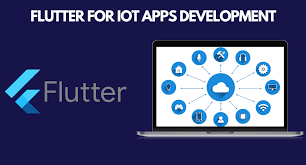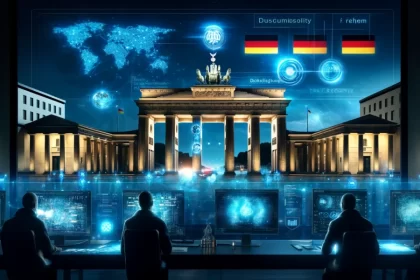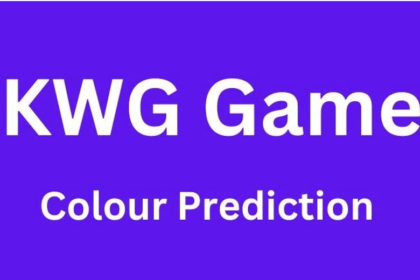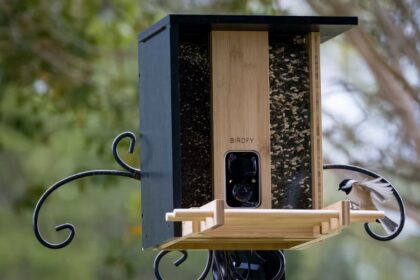The pace at which technology is evolving today is indeed astounding and one prominent example of this is the IoT. Well, everyone would agree that it’s certainly a revolutionary innovation that completely redefines our relationship with the environment through smart interconnected devices. Take, for example, fitness trackers that keep tabs on your well-being or agricultural sensors surveilling environmental parameters along with soil moisture- all these contribute to optimizing farmer practices. Now you see the difference?
Regardless of the industry you find yourself in, IoT solutions are most likely already in use or under development because they are important in ensuring tasks are streamlined across various platforms and devices people work on. But sometimes it can be quite challenging. However, Flutter for IoT app development, comes to the rescue when this seems an insurmountable challenge.
So, make sure to take some time to dig a little deeper into why Flutter stands out as a preferred choice and it will definitely be worth your read.
What exactly is Flutter?
This toolkit has been designed by Google and almost every Flutter app development company relies on it completely. It enables developers to create user interfaces for various platforms using just one codebase. Among the many features that make it a standout, Flutter’s custom widgets stand out in giving programs a native look and feel by making development more fun than work.
Then there is a hot reload which lets you see changes in your code almost as soon as you make them. All of this is wrapped up in Dart, an easy-to-use language known for its fast development process supported by a community dedicated to ensuring smooth running plus stunning animations.
Flutter comes with cost-effective benefits-
- allowing you to cut down development costs by 40%, as well as reducing ongoing maintenance expenses while also easily integrating with agile development methodologies.
- you can launch your IoT app on multiple platforms using just one code base and make quick updates thanks to hot reload.
- not forgetting the vast collection of customizable widgets available at your disposal.
Therefore, with support from Google and an army of developers, Flutter is here to stay.
A fusion of IoT and Flutter? That’s a game-changer for smart app development. Flutter’s dynamic framework is able to meet any demand thrown its way and pairs beautifully with the intricacies of IoT systems that require nothing short of a unique feature set. But enough talk about theory, let’s dive into the nitty-gritty details of how combining Flutter with IoT can result in some of the top benefits…
Cross-platform Compatibility
When it comes to cross-platform compatibility, Flutter is definitely the first choice that comes to mind. It is because Flutter allows developers to create code only once and then publish the same code across multiple platforms like iOS, Android, web, and desktop. This is especially useful in IoT app development, where applications may need to connect with a variety of devices and operating systems using only one codebase.
Consistent user experience
Consistency is literally the secret of Flutter’s powerful performance. That’s true because it delivers consistent UI/UX across platforms and devices, which is necessary in IoT ecosystems. Why? Consumers interact with applications on a variety of devices, including smartphones and smart displays, which makes the need for consistent user experience even more prominent.
Smooth integration
If you want to build an application that connects with IoT devices and data sources, Flutter can be a great option. It’s a powerful tool that works seamlessly with existing IoT platforms and backends, which means you can create complex applications without having to worry about compatibility issues. This is especially important for IoT applications that rely on large networks of devices and data sources.
High-performance solutions
Flutter is a technology that has been designed to work efficiently. It has a unique architecture that allows it to render UI dynamically on the platform’s canvas. This makes it as efficient as native apps, which is pretty impressive. Flutter’s efficiency is particularly useful in IoT development, where accurate information handling and processing are crucial.
Easy deployment
The great thing about Flutter is that it simplifies the process of deploying and maintaining applications. Thanks to its unified codebase, it’s easier to manage upgrades across a wide range of IoT devices that require regular updates and maintenance. This means you can make changes to your app without having to worry about compatibility issues with different devices.
We hope the benefits have convinced you that Flutter when combined with IoT development can really do wonders if done strategically. But this is just a gist of it because the list of benefits still goes a long way.
Conclusion
Using Flutter for IoT is an important move forward in developing smart applications. Its speedy development process, which includes features like hot reload, allows for quick code modifications. This speed is critical in IoT, where testing and assuring apps run well on a variety of devices is essential. Flutter’s ability to function across several platforms while still performing like a native app not only improves development efficiency but also saves money.
Looking ahead, Flutter’s versatility and capacity to scale with projects, combined with its high performance, make it an excellent candidate for IoT applications. As the Internet of Things grows and changes, Flutter’s adaptability and high efficiency are expected to keep it at the cutting edge of IoT app development.








